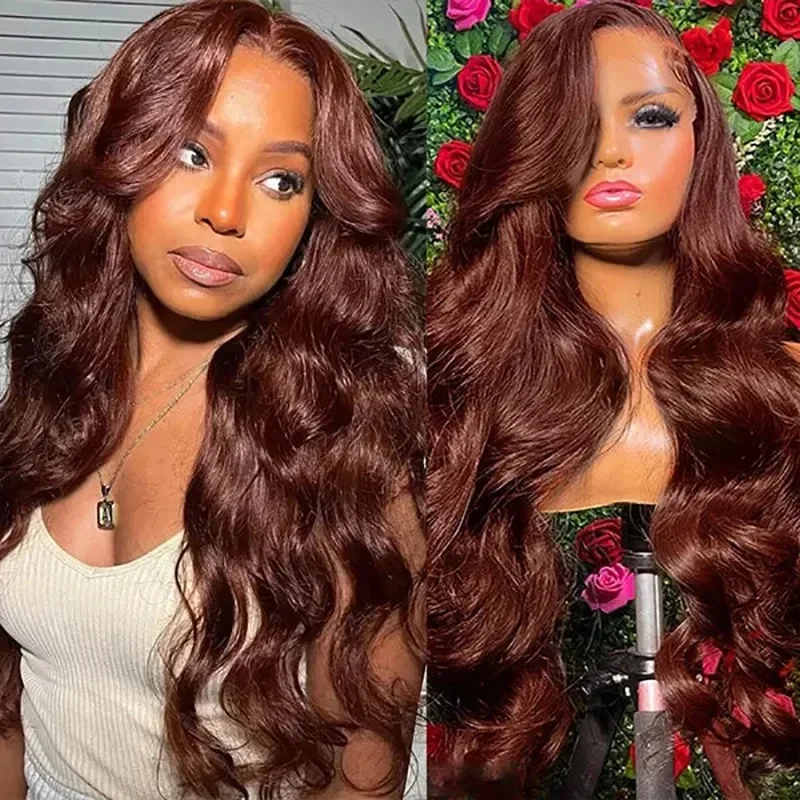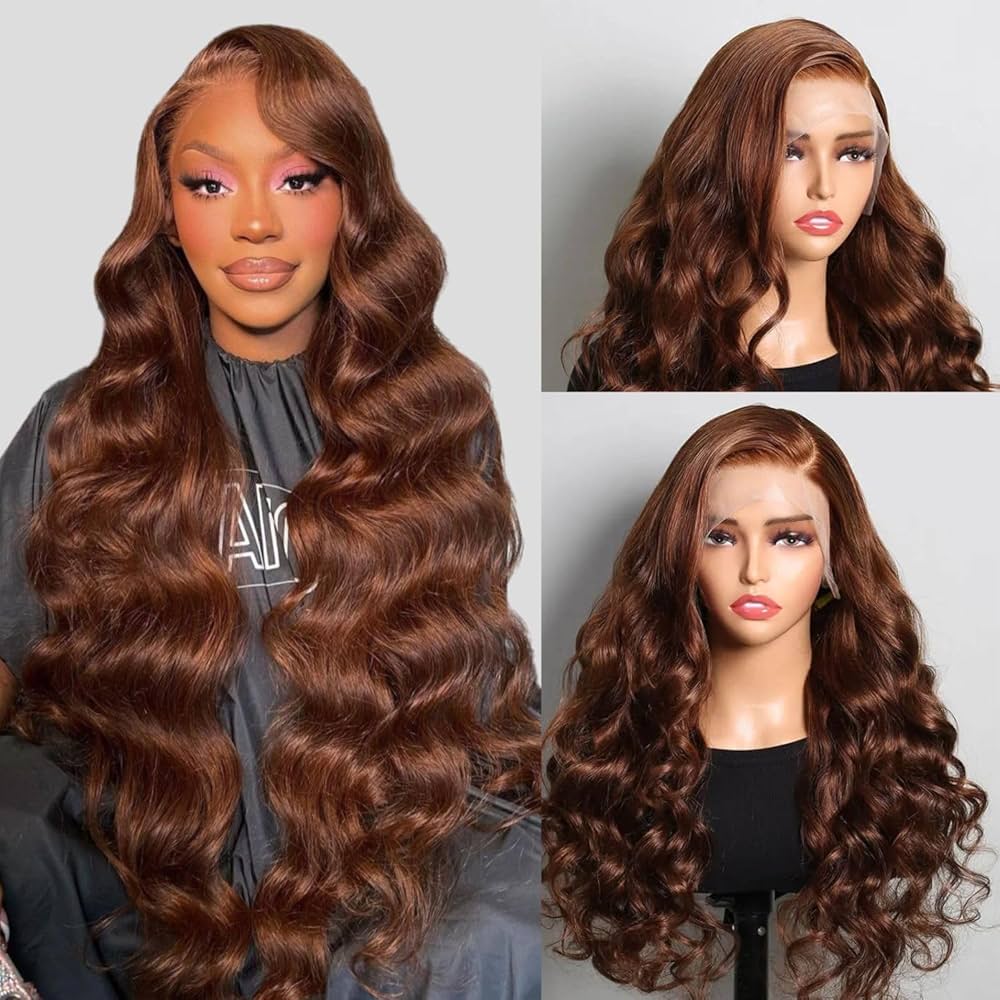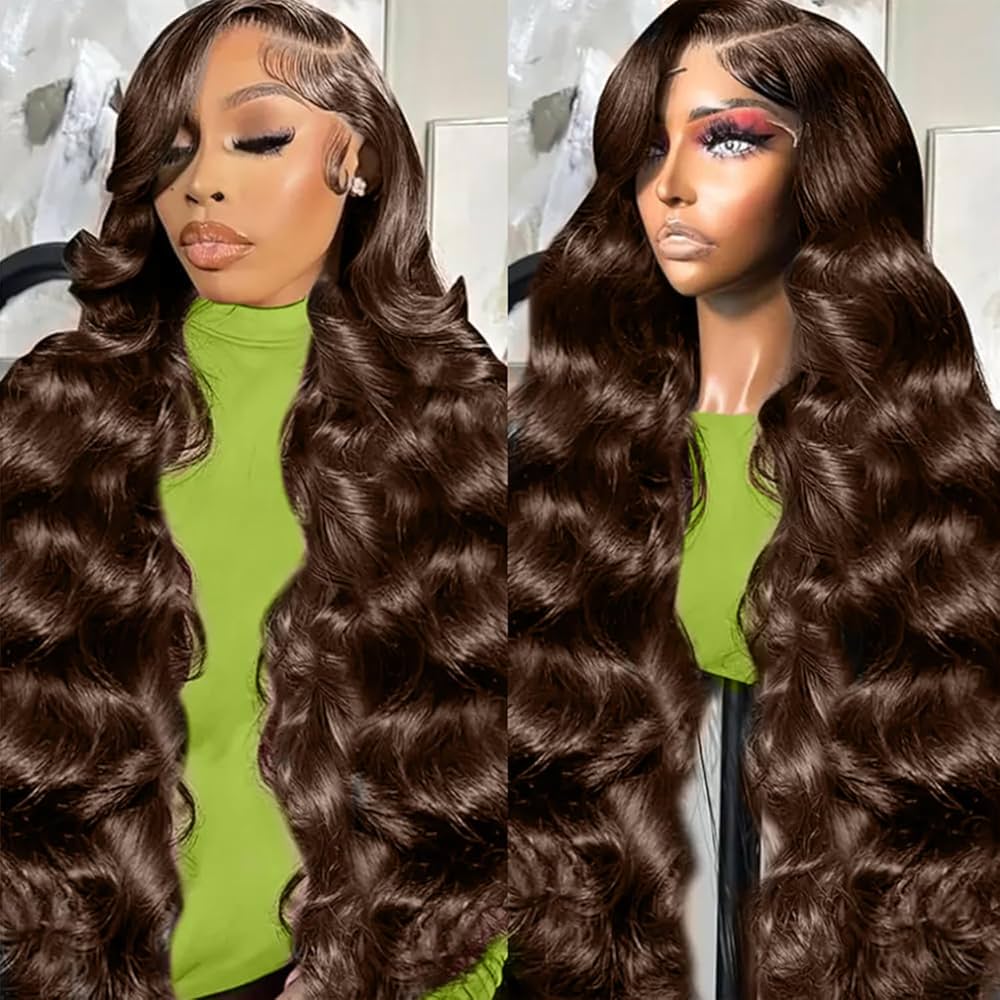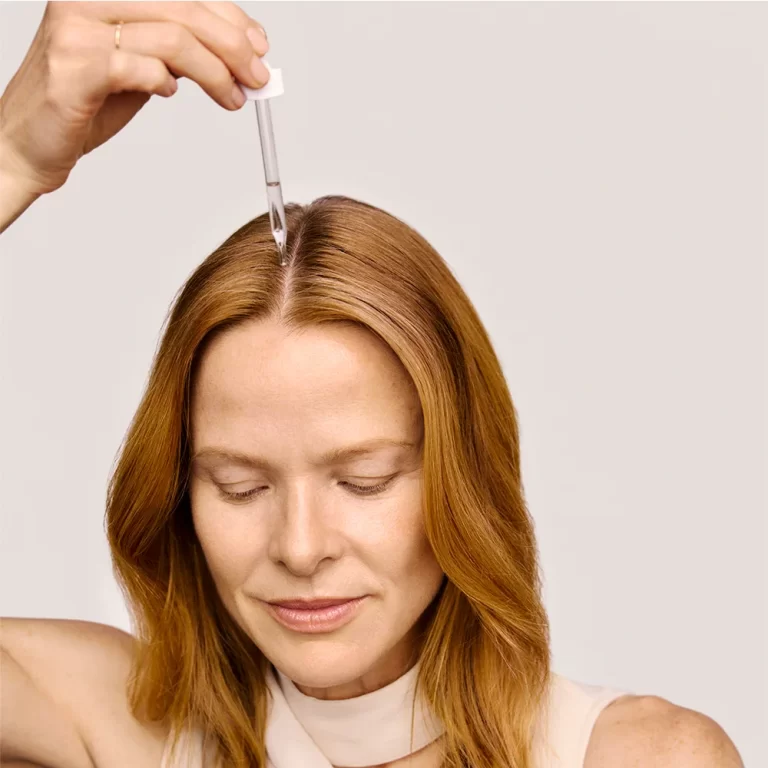
Managing Unwanted Chin Hair: Proven Strategies
Overview of Chin Hair Growth
Chin hair growth is natural for both men and women. But, many women find it bothersome. While the odd strand might not be a concern, excessive or thick hair can be. It’s called hirsutism when it’s akin to male patterns. How to stop hair growth on chin? Understanding why it happens is the first step in managing it.
Several factors contribute to unwanted chin hair. Hormones play a significant role. For example, androgens are male hormones that women also have. When the balance tips, hair growth can increase. This could signal an underlying health issue.
Genetics also affect hair on the chin. If family members have excess hair, you might too. Looking at your family tree can offer clues.
Age is another contributor. Post-menopause, women often see more facial hair. This is due to hormonal changes as estrogen levels drop.
Lastly, certain medications can encourage hair growth. Discussing side effects with your doctor is helpful. Understanding these causes can guide how to stop hair growth on chin effectively. Let’s explore the common causes more deeply in the following sections.

Common Causes of Unwanted Chin Hair
Understanding the root causes of unwanted chin hair can help tailor effective treatment strategies. Let’s look at the primary factors contributing to this issue.
Hormonal Imbalances
Hormonal imbalances often lead to excess chin hair. Androgens, the male hormones present in women, can, when elevated, stimulate hair follicles. Conditions like polycystic ovary syndrome (PCOS) often cause such imbalances. Stress and thyroid issues can also skew hormone levels. To manage hair growth, addressing these imbalances is key. Birth control pills and other medications might help restore hormonal balance.
Genetic Factors
Your genes play a big role in hair growth patterns. If relatives have excess chin hair, you might too. This is a hereditary trait you cannot change but can manage. Recognizing this helps set realistic expectations for hair removal outcomes. Though genetics can’t be altered, their effects can be minimized with the right approach.
Professional Hair Removal Techniques
Dealing with unwanted chin hair might lead some to consider professional treatments. Two popular and effective methods are Laser Hair Removal and Electrolysis. Professional treatments can offer longer-lasting results compared to at-home methods. They can seem costly up front but may save time and effort in the long run. It’s important to weigh the pros and cons of each method to decide what suits your needs best.
Laser Hair Removal
Laser Hair Removal uses light to target hair follicles. This method suits people with dark hair and light skin best. A laser beam heats the hair root and stops it from growing. Several sessions are needed for full results. It can significantly reduce hair growth over time. You must avoid sun exposure before and after treatments. Laser Hair Removal is fast becoming a go-to way for how to stop hair growth on chin. Always choose a certified technician for safe and effective treatment.
Electrolysis
Electrolysis is another method for those seeking professional help. It’s the only FDA-approved permanent hair removal technique. This process involves inserting a tiny needle into each hair follicle. Then, an electrical current destroys the hair root. Unlike laser, it works on all skin and hair types. It requires multiple sessions for complete removal. Electrolysis targets each hair, making it a meticulous process. It’s ideal for permanent results but requires time and patience. Always ensure a licensed electrologist performs the procedure.

At-Home Hair Removal Options
If professional treatments are not for you, there are at-home hair removal options. These methods can be more affordable and convenient. However, they may not offer permanent results. Let’s explore the at-home techniques you can use as part of your strategy for how to stop hair growth on chin.
Topical Creams and Inhibitors
Topical creams, such as hair growth inhibitors, can slow down hair regrowth. They work by weakening the hair follicle over time. Regular application is essential for these products to be effective. It’s important to follow the instructions carefully and be patient for results to show.
Tweezing and Shaving Tips
Tweezing is a handy method for removing a few stray hairs. It’s precise but can be time-consuming for larger areas. Make sure you use sterilized tweezers to avoid infection. Shaving is a quick fix but comes with the risk of ingrown hairs and irritation. Use a clean, sharp razor and shave in the direction of hair growth to minimize these risks. A soothing gel or cream applied post-shaving can help reduce irritation.
Natural Remedies and DIY Solutions
For those who prefer a natural approach, there are various DIY solutions and remedies. These may help manage chin hair growth at home. Here are some options to consider:
Spearmint Tea
Spearmint tea may reduce androgen levels in the body. Drinking it regularly might help manage hormonal imbalances linked to hair growth.
Sugar-Lemon-Honey Scrub
A homemade scrub of sugar, lemon, and honey acts as a natural exfoliant. It can help weaken hair follicles over time.
Turmeric and Milk Paste
Applying a paste made of turmeric and milk to the chin area can slow hair growth. It has properties that may weaken hairs.
Egg White Mask
An egg white mask can tighten skin and pull out fine hairs when removed. Mix egg white with some cornstarch and sugar.
Papaya and Turmeric Mask
Papaya contains an enzyme called papain. When mixed with turmeric, it can break down hair follicles.
Remember, natural remedies often require consistent use over time to see visible results. Patience is key with these methods. These remedies are gentle but may not work for everyone. If home remedies don’t provide the desired outcomes, consulting a professional may be the next step.

Long-Term Management and Prevention
To tackle chin hair growth long-term, consider your daily habits. Diet and lifestyle can affect hair growth. Changes in these areas can reduce hair over time. Let’s take a look at how you can adjust your routine for better results.
Diet and Lifestyle Changes
What you eat impacts your body, including hair growth. A balanced diet helps manage hormones. Aim for foods low in refined sugars and high in fiber. These may help maintain lower androgen levels. Regular exercise can also balance hormones. Managing stress through activities like yoga or meditation may help too. Reducing alcohol and quitting smoking are good for overall health. These changes could also positively affect hair growth on the chin.
Regular Skincare Routine
A good skincare routine can prevent hair growth issues. Cleansing and exfoliating remove dead skin cells and free trapped hairs. Use gentle products that suit your skin type. Moisturize daily to keep skin supple. This can make hair removal easier and more effective. In some cases, skin treatments may slow down hair growth. Your dermatologist can recommend products or procedures.
Making these changes takes time but contributes to less chin hair. They create a strong foundation for any added hair removal methods. Remember, consistency is key. Stick with these practices for the best chance at long-term success.

When to Consult a Professional
Despite exploring various methods on how to stop hair growth on chin, there may come a time when consulting a professional is necessary. This step is crucial, particularly if you’ve tried several at-home remedies and hair removal techniques with little to no success. Here are instances when you should consider seeking professional advice:
Persistent Hair Growth
If you notice that your chin hair is growing back rapidly and more densely after removal, it might be time to see a specialist. Persistent hair growth can be a sign of an underlying medical condition that requires treatment.
Irritation and Skin Reactions
Shaving, tweezing, or using creams may sometimes lead to skin irritation or allergic reactions. If this occurs frequently, a professional can help you find a safer and more suitable hair removal method.
Suspected Hormonal Imbalance
For those who suspect their hair growth might be due to hormonal imbalances, such as those with PCOS, it’s important to speak to an endocrinologist or a dermatologist. They can offer treatments to manage the condition.
Seeking Permanent Solutions
When you decide that you’re interested in permanent hair removal solutions like electrolysis, it’s essential to consult with a licensed professional. They will provide information on the process, cost, and what to expect.
Before Laser Treatment
If you are considering laser hair removal, it’s important to discuss with a certified technician. They will assess your skin and hair type to determine if you’re a good candidate for the treatment.
Professional advice can help guide you to the most appropriate and effective hair removal methods. Remember, early consultation can prevent complications and lead to better management of unwanted chin hair.

